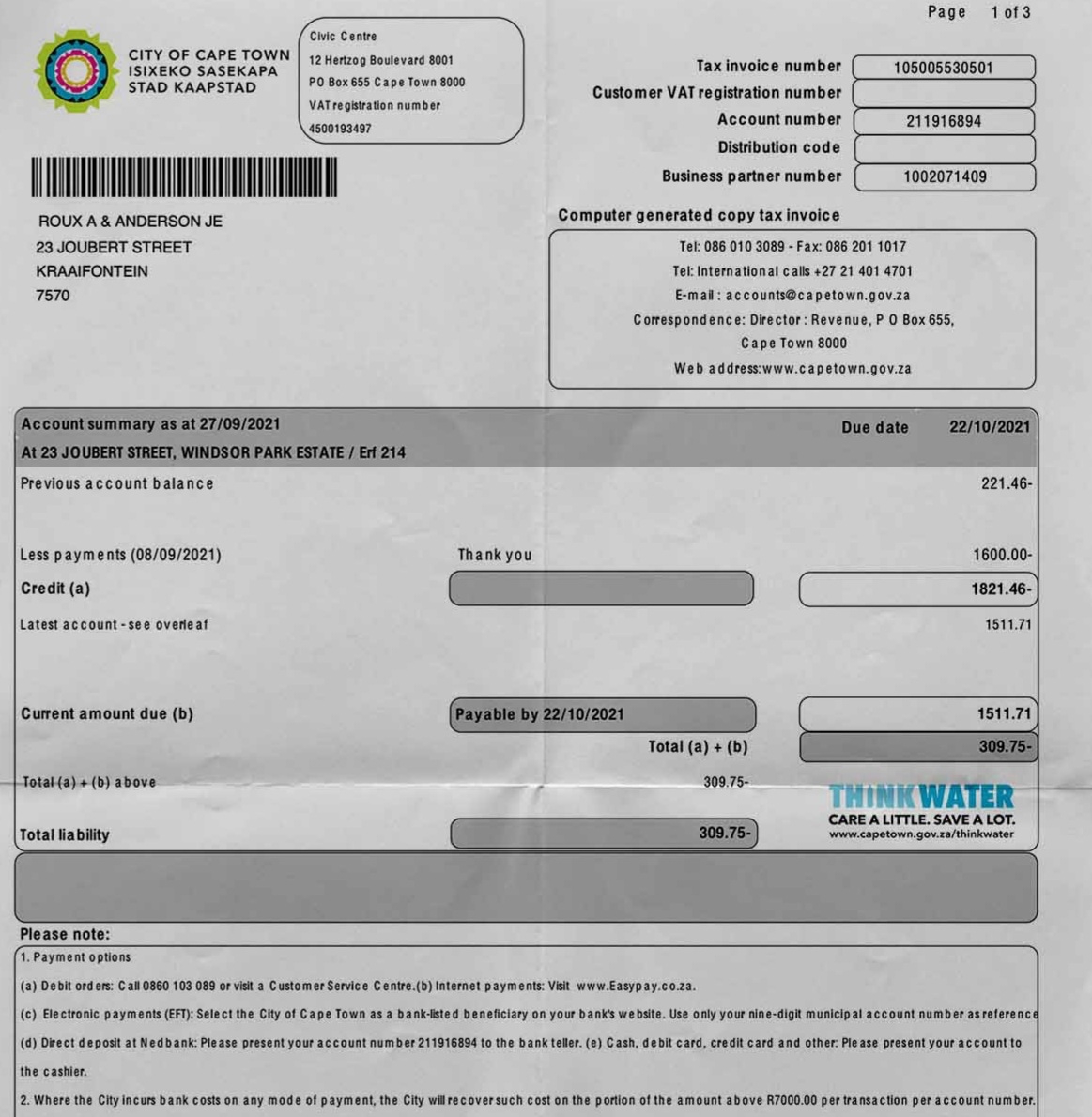Lake Properties Lake Properties
Lake Properties Lake Properties
Let’s go into more depth on each part, so you have a complete picture of how instalment sales work in South Africa and how they compare to a normal bank bond.
📘 Instalment Sales in South Africa – Full Explanation
1. Definition
An instalment sale of land is a transaction where:
- A seller sells a property to a buyer.
- Instead of paying the full purchase price upfront (usually via a bank bond), the buyer pays the price in monthly instalments over a fixed period.
- Legal ownership remains with the seller until the buyer finishes paying, but the buyer is often given immediate occupation and use of the property.
This type of arrangement is especially common when a buyer cannot access traditional bank financing.
2. Legality in South Africa
Instalment sales are fully legal under the Alienation of Land Act, 68 of 1981, which sets out rules to protect both buyers and sellers:
- The contract must be in writing and signed.
- It must include the purchase price, deposit, interest rate, instalment details, and time frame.
- If the agreement is longer than 1 year, it must be recorded in the Deeds Office where the property is situated.
- The buyer has protection: if they fall behind, the seller must give them notice and a chance to catch up before cancelling.
- The buyer has a statutory cooling-off right (5 days after signing, for properties under R250,000).
This ensures the deal is enforceable and prevents abuse.
3. How an Instalment Sale Works (Step by Step)
- Negotiation – Seller and buyer agree on a purchase price and terms.
- Contract Drafting – A lawyer/attorney drafts a written instalment sale agreement, complying with the Act.
- Deposit – Sometimes the buyer pays a deposit upfront, reducing the balance owed.
- Payments – The buyer pays monthly instalments, which may include:
- Principal (purchase price portion)
- Interest (agreed rate, often higher than banks)
- Sometimes municipal rates/levies
- Occupation – Buyer may move in and use the property but does not yet hold the title deed.
- Recording – If over 12 months, the contract is filed at the Deeds Office for transparency.
- Final Payment – Once all instalments are paid, ownership is transferred, and the title deed is registered in the buyer’s name.
4. Advantages of Instalment Sale over a Bank Bond
For the Buyer
- ✅ Easier access to property – Useful if you cannot qualify for bank finance.
- ✅ Flexible terms – Payment structure, deposit, and interest are negotiable directly with seller.
- ✅ Immediate occupation – Can live in or rent out the property while paying it off.
- ✅ Lower upfront costs – Sometimes no transfer costs or bond registration fees until final transfer.
- ✅ Bridge to bond – Some buyers use an instalment sale temporarily, then switch to a bank bond later.
For the Seller
- ✅ More buyers – Attracts those excluded from the banking system.
- ✅ Ongoing income – Seller earns interest on the balance, potentially higher than bank investments.
- ✅ Faster sale – No bank approval delays.
- ✅ Control of ownership – Seller keeps legal title until fully paid.
5. Disadvantages of Instalment Sale vs. Bank Bond
For the Buyer
- ❌ Delayed ownership – No title deed until final payment.
- ❌ Risk if seller defaults – If seller has a bond and doesn’t pay the bank, the property could be repossessed even if you are paying your instalments.
- ❌ Higher costs – Seller may charge higher interest than banks.
- ❌ Limited security – If agreement is not recorded in the Deeds Office, buyer risks losing rights if seller resells or is declared insolvent.
- ❌ Long-term uncertainty – If property values rise, you benefit, but if they fall, you may be paying more than market value.
For the Seller
- ❌ Delayed cash flow – Cannot access full purchase price upfront.
- ❌ Default risk – If buyer stops paying, seller must go through legal cancellation and repossession.
- ❌ Responsibility remains – If buyer doesn’t pay rates/levies, municipality may still chase the seller as legal owner.
- ❌ Market risk – If the buyer defaults years later, the seller may get the property back in worse condition.
6. Comparison with a Normal Bank Bond
| Feature | Instalment Sale | Normal Bank Bond |
|---|---|---|
| Ownership transfer | After final payment | Immediately after registration |
| Financing source | Seller | Bank |
| Interest rates | Negotiable, often higher | Prime-linked, usually lower |
| Legal protections | Alienation of Land Act | National Credit Act, bank foreclosure rules |
| Flexibility | High (custom terms) | Low (bank-determined) |
| Risk for buyer | Seller default, delayed ownership | If buyer defaults, bank repossesses |
| Risk for seller | Buye7r default, late transfer | Minimal (bank gets paid upfront) |
| Costs (upfront) | Lower (no bond registration) | Higher (bond registration, attorney fees) |
| Accessibility | Good for buyers without bank approval | Restricted to those who qualify for finance |
✅ Conclusion
An instalment sale is a legal and practical way to buy or sell property in South Africa without relying on a bank bond. It provides flexibility and opportunity for buyers who cannot access traditional finance and allows sellers to secure a sale while earning interest.
However, both sides carry risks:
- Buyers face delayed ownership and exposure if the seller defaults.
- Sellers face delayed payment and the possibility of buyer default.
Because of these risks, it’s critical that instalment sales be properly drafted, registered at the Deeds Office, and guided by an experienced property attorney.





























